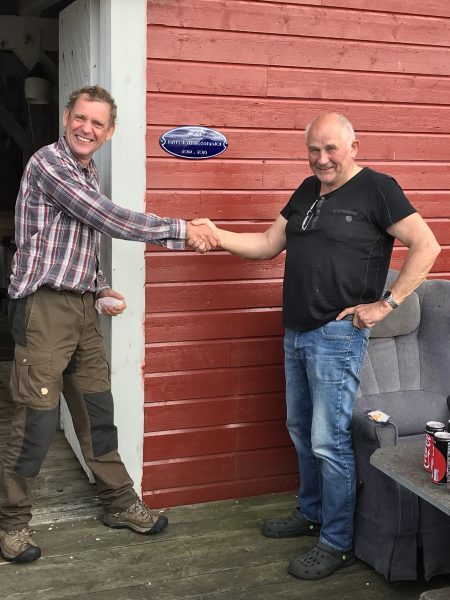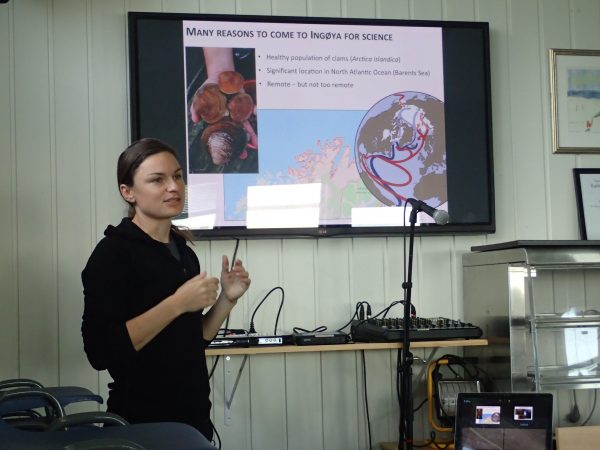SIPERG’s recent August 2018 visit to Ingøya (Finnmark, Norway) marked an important step towards wrapping up previous projects and planning future ones. Since 2013, members of SIPERG, led by Dr. Alan Wanamaker and many accompanying students and collaborators, have ventured to Ingøya for one very special reason: Arctica islandica. This species of marine bivalve happens to be healthy and abundant around the shores of the island, which is located in a very strategic position for detecting changes in the Norwegian Coastal Current and North Atlantic Current system at the southwestern entrance to the Barents Sea. As sea levels and climate varied over the past several thousand years, A. islandica clams became stranded on raised beaches and thrived offshore, all the while recording environmental signals within the physical and chemical structure of their shells. For our oceanographic research, hundreds of fossil and living shells from on land and around the island have been measured and analyzed to better understand climate and sea level changes over the past centuries to millennia. These data are used to explore many questions regarding Late Holocene climatology, the ecology and biology of marine benthos, and even paleoproxy methodology. Here are some highlights of this year’s field season:
The primary goal of Dr. Mike Retelle’s mission this year was to collect some final data points for a Holocene sea level curve for Ingøya and its southern neighbor, Rolvsøya. Mike, along with varying members of “the infantry” (other field team member/s interested and available to assist), surveyed the elevations of several geologic features and raised beaches around the island to find clues to the timing and magnitude of past sea level changes. Sea level changes at Ingøya are related to the combination of rising land surface as it rebounded from the weight of ice sheets formed during the last glacial maximum with varying “eustatic” sea level due large meltwater events around the globe.

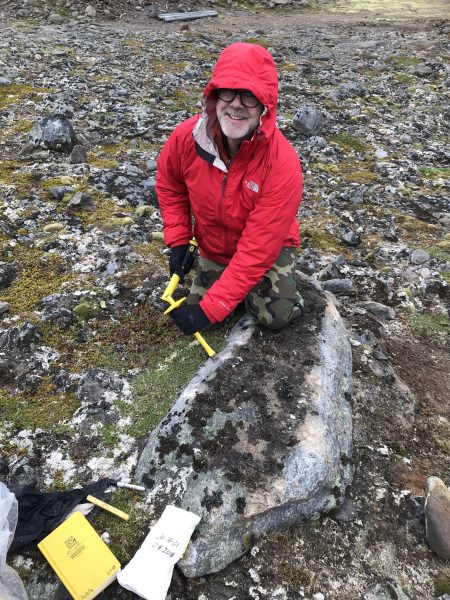
Also in attendance were Dr. Rob Witbaard and PhD candidate Irene Ballesta-Artero from NIOZ, the Royal Netherlands Institute for Sea Research. Their benthic lander, which consists of a triangular metal frame for holding live clams in containers rigged with a variety of sensors detecting gaping activity and environmental conditions, was first installed at 10m water depth at Ingøya in 2015. This year, the lander was removed for the last time, disassembled, and shipped back to NIOZ for use in future projects as we pursue more funding. Data from this project has produced very interesting revelations about the feeding and growth behavior of A. islandica as it relates to food quality, light, and temperature in the environment.
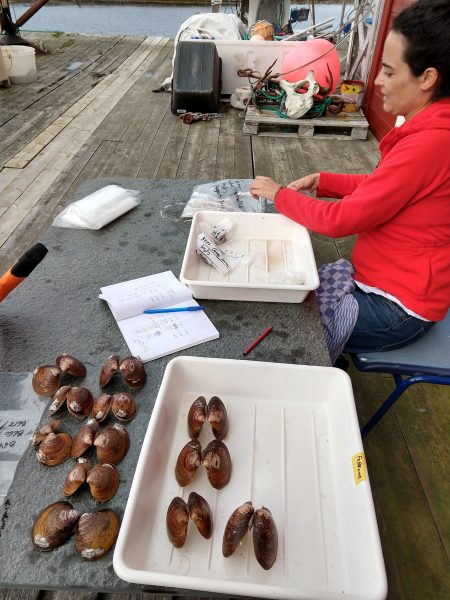
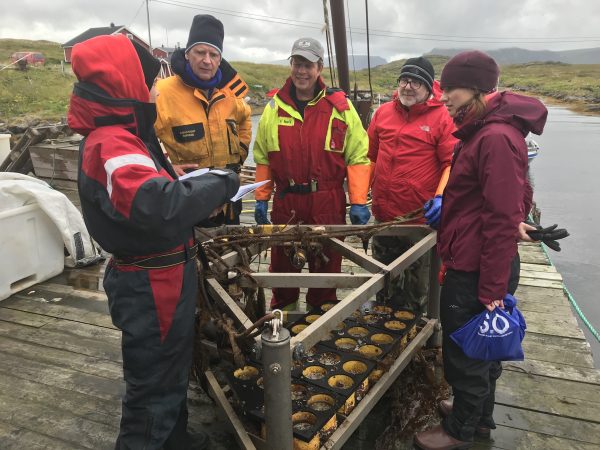
Dr. Alan Wanamaker and Dr. Michael Carroll, two of the other main project leaders, joined the field crew as well to collect final data and a few more shell samples, pack and ship remaining equipment back to home institutions, and contribute to discussions of project status and future work. Dr. Madelyn Mette (whose PhD work centered on Ingøya), her now postdoctoral supervisor at Uni research, Dr. Carin Andersson, and her fellow post-doc and colleague Dr. Phoebe Chan also joined the group to assist with field work and contribute to future proposal and research ideas. A highlight from this group was a small side project measuring temperature variability beneath the sediment (where the clams live), just above the sediment (where the clams siphon water), and in the above water column. Some very interesting pilot data will spur some future work on this project.
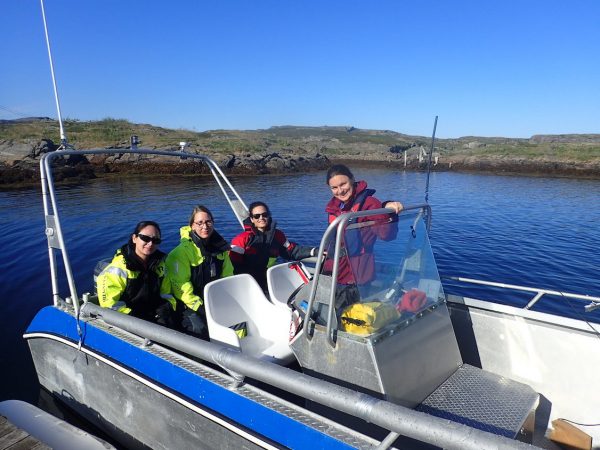
The work at Ingøya has been productive and exciting for all researchers and students involved. The team is eager to continue a long-term research program at the island and we formulated many plans to expand the work to include new expertise and research questions. While this primarily hinges on the success of funding proposals to national agencies, past and future work would not have been possible without the support of the local Norwegian people. Thorleif Hansen, owner/operator of Ingøya Sjøhus (http://www.ingoy.no/), has made everything possible for this group of humble researchers. There were some bittersweet goodbyes this year at Ingøya as future visits are uncertain, however, there is plenty to keep us busy and dreaming for what comes next!
